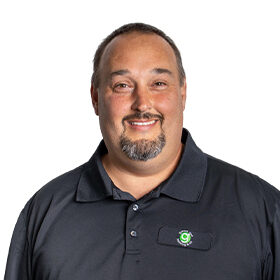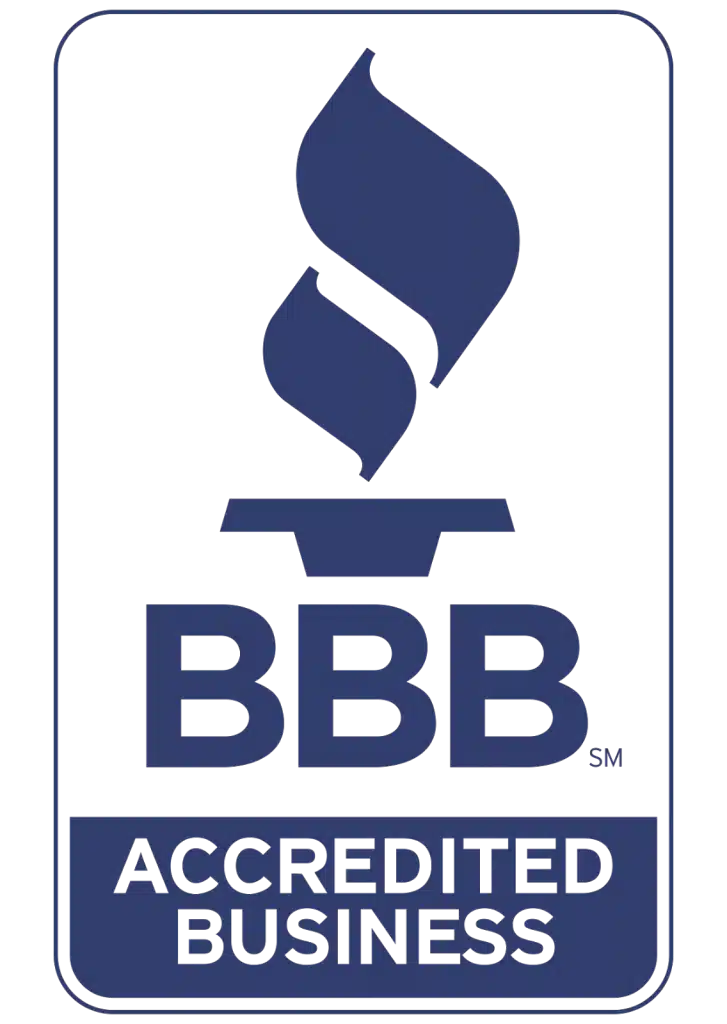If you’re thinking about investing in a heat pump, it’s vital to understand how they operate. This will help you to feel more informed when things happen, like the defrost cycle, so you don’t run off to call your HVAC contractor when it’s not necessary. If you don’t know what a defrost cycle is, we’re going to go over that below in detail.
What Is a Heat Pump?
A heat pump is an HVAC system that can provide both heating and cooling for your home. This type of system relies solely on electricity and the physical properties of heat. In the summertime, a heat pump will pull heat from the air inside your home and transport it to the outdoors. In the wintertime, it will bring heat from the outdoors into your home. It’s imperative to know that heat pumps can work with either a traditional ductwork setup or without ductwork through a ductless mini-split system.
How Does a Heat Pump Operate?
A heat pump includes the outdoor condenser unit, which has a condenser coil, compressor, and blower fan, copper tubing with refrigerant inside, and one or more indoor air handler units. When we’re talking about a ducted heat pump, it will only have one indoor air handler unit. However, when we’re talking about a ductless mini-split system, it will have multiple indoor air handler units.
To better understand how a heat pump operates internally, we’re going to discuss the process of cooling during the summertime. The process will start by delivering low-pressure liquid refrigerant to the evaporator coil, which is situated inside the indoor air handler unit. The blower fan for the indoor air handler unit will blow hot air from your home over the evaporator coil.
Heat naturally wants to transfer to low-pressure substances. As warm air passes over the evaporator coil, heat transfers to the refrigerant inside the coil. This causes the refrigerant’s pressure to increase and turns it into a gaseous state. Next, the compressor situated in your outdoor condenser unit will pump the hot gas refrigerant outside to the condenser unit.
When it reaches the outdoor AC unit, there will be a blower fan that blows air from outside over the coil. Because the outside air is going to have a lower pressure than the hot refrigerant, heat will naturally transfer to the outdoor air. The remaining refrigerant will be pumped through an expansion valve. This helps to lower the refrigerant’s pressure and turns it back into a liquid state.
At this point, the refrigerant is ready to be pumped back into the evaporator coil to repeat the process all over again. When it comes to heating your home in the winter, this whole system operates in reverse. In fact, the expansion valve is completely reversible so that it can change the pressure of refrigerant whether it’s coming in or out of your home.
What Is a Defrost Cycle?
When your heat pump is working during the wintertime to heat your home, its outdoor condenser coil acts much like an evaporator coil. When temperature and relative humidity are just right, frost will start to form on the surface of your coil. As this layer of frost develops, it interferes with the overall operation of your heat pump and makes it much less effective. For this reason, each pump will have its own defrost cycle that’s responsible for removing that frost from the coil.
It’s important to note that your heat pump will sense when it needs to go through the defrost cycle and do so regularly. It will last long enough to help melt the ice off the coils but still be efficient enough to prevent excess energy loss. When the heat pump goes into a defrost cycle mode, it will operate in reverse.
Simply put, it will switch over to a cooling mode, where it will absorb heat from your home and take it to the outdoor condenser coil. Unlike cooling mode, defrost mode turns off the blower fan at the outdoor condenser unit. This ensures that all the heat directly stays at the coil to defrost it effectively.
Your heat pump will run in defrost mode until the temperature of the condenser coil reaches around 57 degrees Fahrenheit. The exact time that your heat pump will run in defrost mode will highly depend on the amount of frost that’s accumulated on the coil. In most cases, this defrost cycle will last for about 30 seconds to 10 minutes.
Does the Defrost Cycle Blow Cold Air in My Home?
When you think about your heat pump’s defrost mode working similarly to its cooling mode, you may conclude that your indoor air handler unit will be blowing cold air during this time. This simply comes down to the fact that during cooling mode, your indoor handler unit naturally blows air over the evaporator coil so that it can absorb heat, and the resulting cold air travels into the rooms throughout your home.
With modern heat pumps, this simply isn’t the case. Rather, they use an internal heating element to help ensure the air that moves through your indoor air handler unit remains warm as it gets delivered back into your rooms. Some older heat pumps don’t have this feature. This means that they will blow cold air during the defrost cycle. However, there are specific aftermarket heating elements that you can have installed so that they’ll blow hot air during the defrost cycle.
How Does a Heat Pump Know When to Defrost?
Your heat pump has a special thermostat sensor positioned at the bottom of the outdoor condenser coil. This will permit you to actively detect the temperature of the coil. Whenever it detects that the temperature of the coil drops to 32 degrees Fahrenheit, the heat pump will automatically switch over to defrost mode. Again, it will continue to defrost until the thermostat reaches 57 degrees Fahrenheit.
How to Tell if My Heat Pump Is in Defrost Mode
Most modern-day heat pumps will have a blinking light indicator that will let you know your unit has switched over to defrost mode. If you look at your outdoor condenser unit, you’ll be able to hear the compressor running, but the fan itself will no longer be running. When frost conditions happen outside, you can expect your heat pump to go into defrost mode no more than every 30 minutes.
Why Is Defrost Mode Important?
When you first start learning about defrost mode, you may wonder why it’s a necessity. When frost forms on the surface of your condenser coil, it makes it extremely difficult for heat to transfer from the air to the refrigerant inside the coil. You’ll notice that your heat pump won’t be heating your home adequately.
Reliable Heat Pump Service
Green Dot Heating & Air offers reliable heat pump service for the entire Wilmington, NC area. Our knowledgeable technicians can assist with all your heating, air conditioning, electrical, ductless mini-split, indoor air quality, ductwork, smart thermostat, and HVAC zoning needs.
Contact our office today to book your next consultation with one of our technicians.









